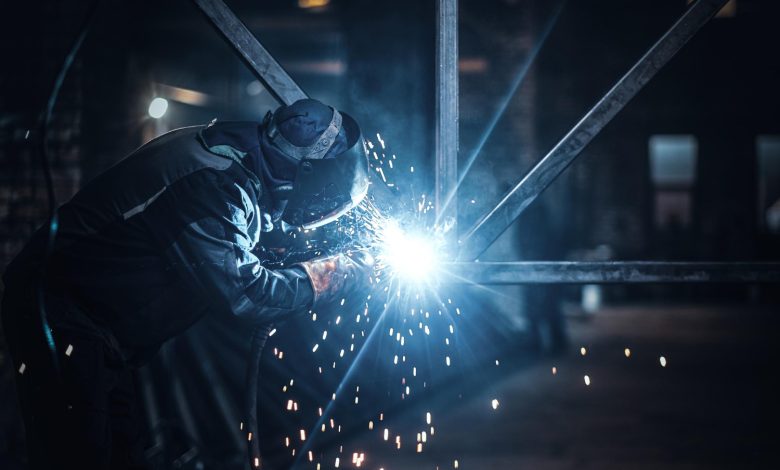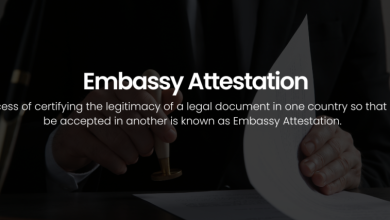The Importance of Choosing the Right Shielding Gas for MIG Welding

Introduction
In MIG (Metal Inert Gas) welding, shielding gas plays a number of critical roles in protecting the weld pool, stabilizing the welding arc, and contributing to excellent weld quality. Choosing the right shielding gas and gas mixture for the metal being welded is one of the most important factors in achieving great welds with a MIG welder. In this article, we’ll look at common shielding gases used for MIG welding and discuss considerations in selecting an appropriate MIG welder gas.
Role of Shielding Gas in MIG Welding
Inert shielding gas flows through the MIG torch nozzle during welding to protect the arc and molten metal weld pool. Key jobs performed by the shielding gas include:
- Protecting the arc – The gas surrounds the arc preventing contamination from oxygen and nitrogen in the air which can cause porosity.
- Stabilizing the arc – The smooth flow of gas helps produce a steady, consistent welding arc.
- Shielding the weld – The puddle and solidifying weld are shielded by the gas reducing oxidation and improving weld appearance.
- Cooling the weld – The gas helps conduct heat away and cool the weld improving properties.
- Determining weld profile – Gas affects how deeply the weld penetrates into the base metal.
So shielding gas is far from inactive. It’s a critical factor in weld quality.
Common MIG Welder Gases
There are a number of potential gases and mixes used for MIG welding. Common options include:
- 100% Argon – Provides good oxidation resistance for metals like aluminum and magnesium.
- 100% CO2 – Penetrating welds but more spatter. Good for steel.
- 75/25 Ar/CO2 – A popular mix for steel combining CO2 penetration with argon’s cleaning action.
- 90/10 Ar/CO2 – More argon for high quality steel welds where appearance and low spatter are priorities.
- 95/5 Ar/O2 – Tiny bit of oxygen helps improve aluminum weld penetration.
- Helium mixes – Added to argon for higher heat input on thicker metals.
There are also proprietary blends that aim to optimize properties like weld penetration, oxidation resistance, or conductivity.
Choosing a MIG Welding Gas
Factors to consider when selecting a MIG shielding gas or gas blend include:
- Base metal – Material differences like steel vs. aluminum require different gas properties.
- Weld location – Outdoor welds need gas that resists breezes while indoors gas flow isn’t as crucial.
- Weld position – Vertical and overhead welds require a more dense shielding gas like argon-CO2.
- Material thickness – Thin materials may only need pure inert gas while thicker plates need gas promoting deeper penetration.
- Weld quality needs – Applications where appearance and low oxidation are priorities call for increasing argon mixes.
- Cost – Pure argon is more expensive than CO2. But argon mixes can improve quality.
Testing gas options on your specific application can help determine the best fit. Don’t be afraid to experiment.
Proper Gas Flow Rates and Setup
Once you’ve selected your MIG welder gas, be sure to:
- Use gas flow rates recommended by the manufacturer, typically 20-40 CFH. Too little flow will compromise shielding.
- Keep gas lines tight and free of leaks so flow isn’t diminished before reaching the torch.
- Position the torch so gas flows evenly across the weld zone. Side drafts can disrupt shielding.
- Use a gas lens nozzle to improve shielding gas coverage when needed.
Taking the time to properly set up your MIG torch using quality gas hoses and fittings will let your shielding gas do its important job.
Conclusion
Choosing the right MIG welding gas and setting up proper flow rates, torch position, and gas lines are vital steps to get excellent results from your MIG welder. Considering base material, weld position, quality needs, and cost will let you select the ideal MIG welder gas for your particular welding application.



